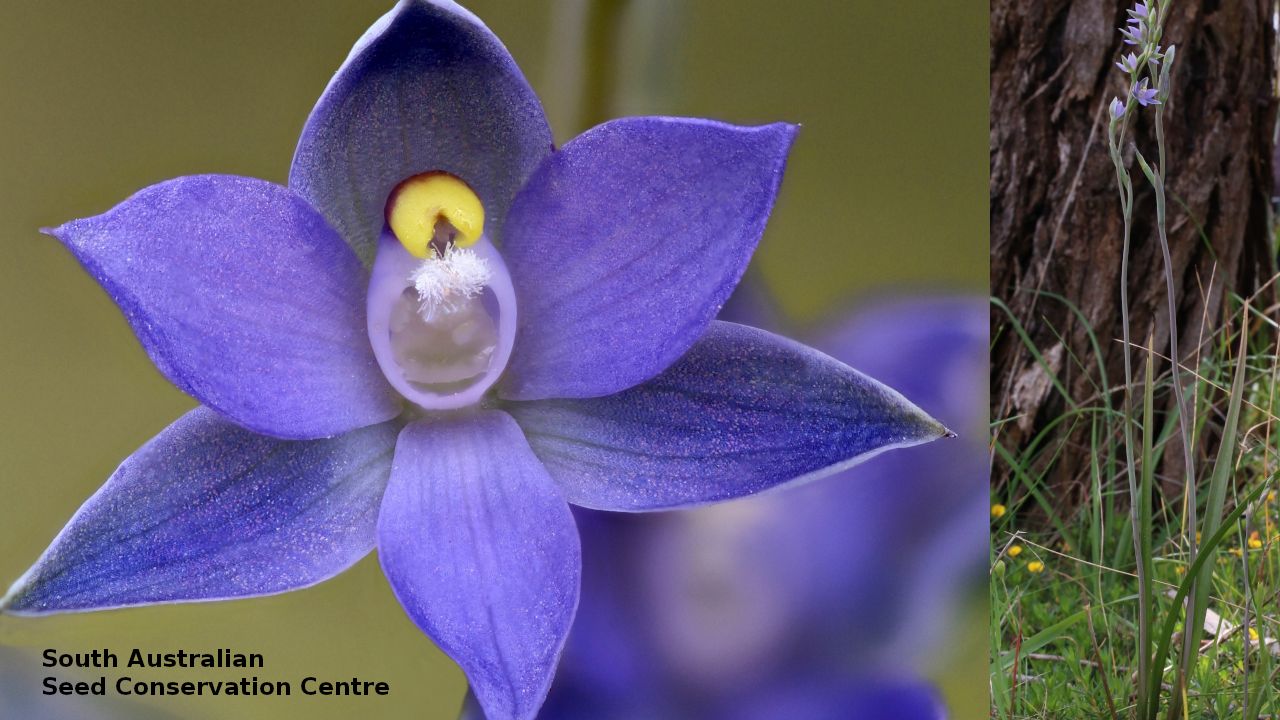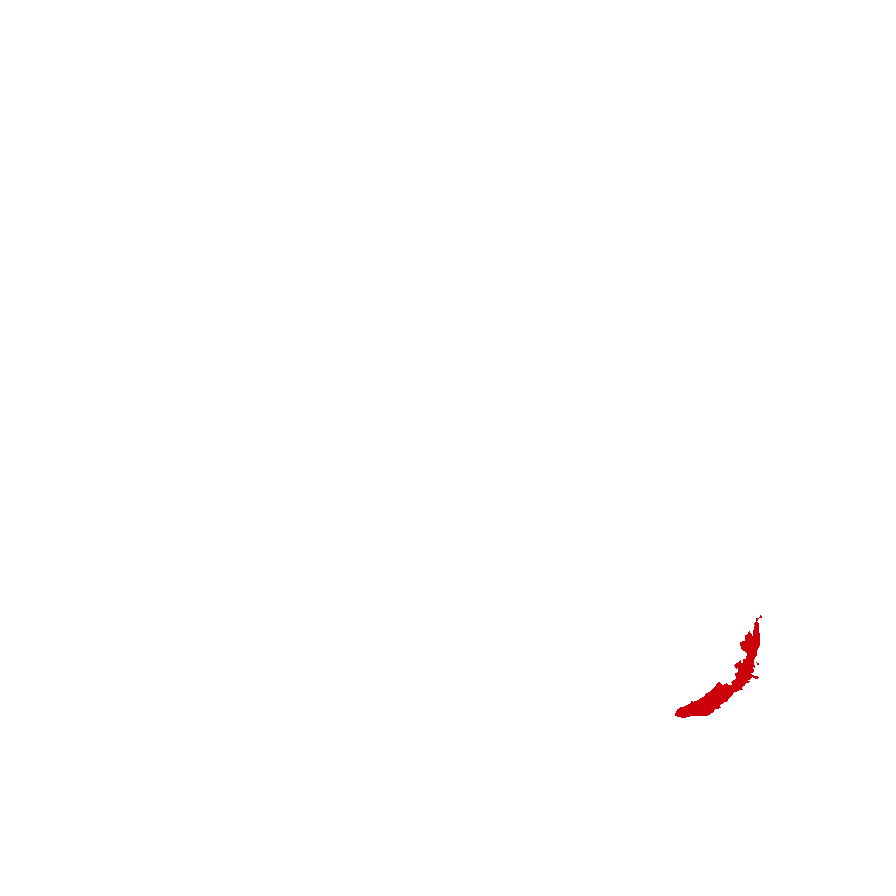




Prior names
Thelymitra sp. Springton (R.Bates 64102)
Thelymitra sp. Springton (R.Bates 63666)
Thelymitra pauciflora var. holmesii, partly
Common names
Blue Star Sun-orchid
Slender Swamp Sun-orchid
Etymology
Thelymitra from Greek 'thelys' meaning a bishop and 'mitra' meaning a headwear, hat, hence a bishop's mitre; referring to the sometimes plumed or decorated wings of the column, which is usually produced behind and over the anther in a hood-like projection. Hygrophila from the Greek 'hugros' meaning water and 'phelos' meaning love, referring to the plant's affinity for moist soil or is restricted to the vicinity of waterholes.
Distribution and status
Endemic to South Australia and found only in the higher parts of the southern Mount Lofty Ranges, growing in river red gum grassy flats in or around the edges of ephemeral pools. Native. Very rare in South Australia.
Herbarium regions: Murray, Southern Lofty
NRM regions: Adelaide and Mount Lofty Ranges, South Australian Murray-Darling Basin
AVH map: SA distribution map (external link)
Plant description
A clumping terrestrial orchid growing to 40 cm tall. Leaves erect, dark green to 300 mm long and 6 mm wide and sheath the stem up to 6 cm from the base of the plant. Inflorescence a long spike with one to five star-shaped, pale-blue flowers, to 20 mm in diameter opening in warm weather. Flowers in October and last for three weeks. Fruits are brown papery ellipsoid capsule.
Seed collection and propagation
Collect seeds between November and December. Collect fat capsules as they start to dry and turn brown. Pods will split and release the seeds quickly and will require monitoring. To increase the chances of collecting mature pods, it is recommended that a small breathable bag (ie. Organza bags) be used to enclose the developing capsules. Place the capsules in a container that will hold fine seeds and leave to dry for a few weeks or until the capsule split. Then carefully hold the capsule and tap it gently to release the seeds. Store the seeds with a desiccant such as dried silica beads or dry rice, in an air tight container in a cool and dry place or in liquid nitrogen.
| Location | No. of seeds (weight grams) | Number of plants | Date collected | Collection number Collection location | Date stored | % Viability | Storage temperature |
|---|---|---|---|---|---|---|---|
| BGA | 179,000 (0.14 g) | 2 | 19-Nov-2019 | Springton Road Murray | 24-Jun-2020 | N/C | -18°C |
| BGA | 218,000 (0.17 g) | 5 | 19-Nov-2019 | Big Flat NFR Southern Lofty | 24-Jun-2020 | N/C | -18°C |
| BGA MSB | 464,900 (0.360 g) 464,900 (0.360 g) | 10 | 24-Nov-2020 | Big Flat NFR Southern Lofty | 28-Jun-2021 | N/C | -18°C, -80°C |
Number of plants: This is the number of plants from which the seeds were collected.
Collection location: The Herbarium of South Australia's region name.
% Viability: Percentage of filled healthy seeds determined by a cut test or x-ray.